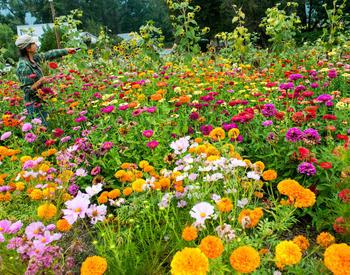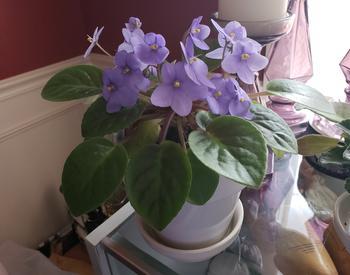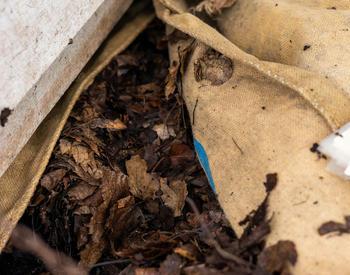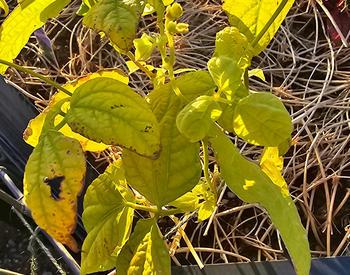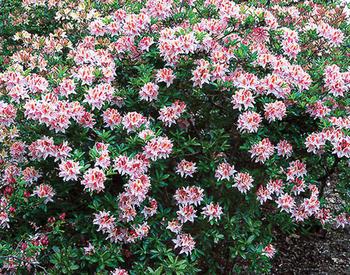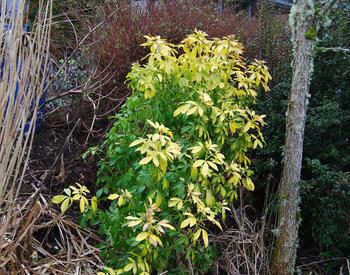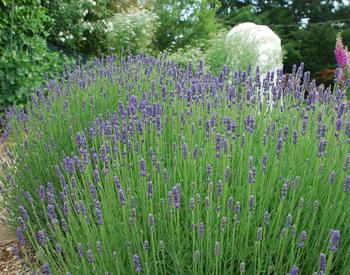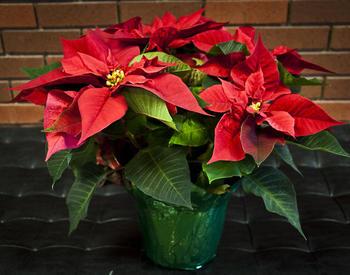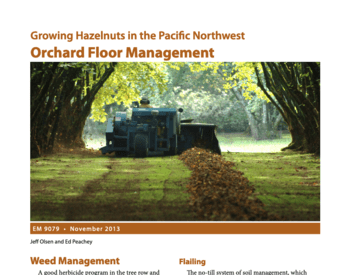CORVALLIS, Ore. – If your rhododendron and azalea leaves look yellowish and are smaller than normal they could need a more acidic environment.
The plant could be growing where it is too wet or too dry or could need additional nutrients, such as nitrogen, sulfur or iron. However, rhododendrons, azaleas, blueberries, heathers and hydrangeas typically need a strong acidic environment, and if the soil has the wrong pH, are unable to absorb nutrients.
The most effective way to correct an iron deficiency for these plants is to acidify the soil. Cold and wet times of the year, such as winter or early spring, are a good time to acidify soil, as it gives the sulfur time to incorporate into the soil matrix. But first, be sure that acidification is necessary. Have the pH of your soil tested or test it yourself before you acidify.
If the soils pH is above 7.5, it may be a better option to choose a different plant for the area, as acidifying the soil to a manageable level — >5.5 for blueberries for example — can be very difficult to achieve. If you are working in a soil with a pH of less than 7, it will be easier to achieve your goal.
To acidify soil, use either elemental sulfur or aluminum sulfate. Start by top dressing the plant with approximately one-third pound of elemental or 1 pound of aluminum sulfate. After the application has been made, make sure to water in the material. Continue these applications once a month for several months, until you have reached 8 pounds of aluminum sulfate, or 1½ pounds of sulfur added to the plants.
The acidification process is a slow one, so wait until next spring or summer to gauge the plant’s response. Check your soil pH before proceeding. Overacidification can also cause serious issues in plant health, so you want to make sure that you are only acidifying the soil to match the needs of your plan. It’s also important to note that if you are working in a alkaline soil, you may end up needing to continually treat the soil to maintain a level of acidity that is sufficient for the plants.
For more details, download the OSU Extension Service publication “Acidifying Soil for Blueberries and Ornamental Plants in the Yard and Garden West of the Cascade Mountain Range in Oregon and Washington.”
